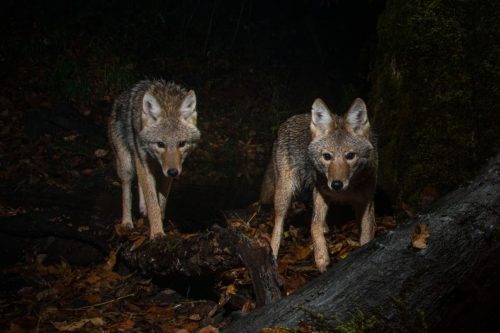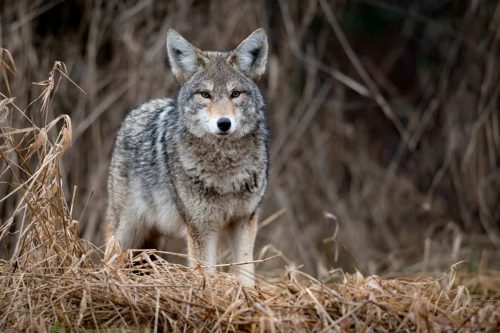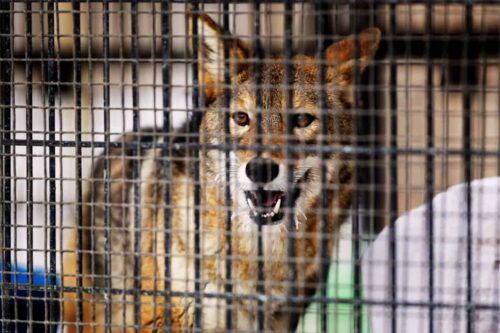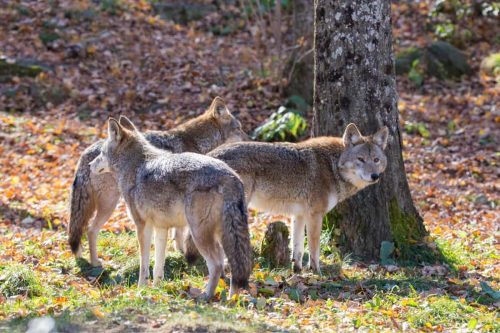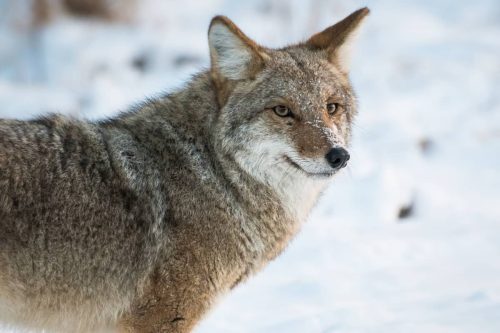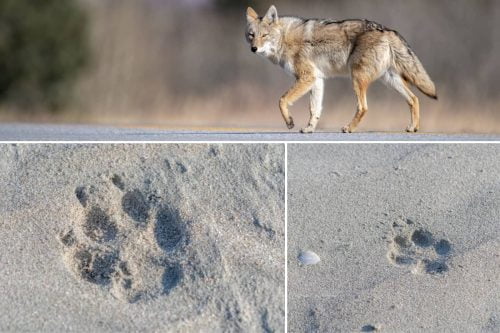Coyotes in Minnesota: History, Distribution, Hunting & Key Role
Welcome to the realm of one of the most elusive and resilient creatures – coyotes. In the land of numerous lakes and endless forests, these mysterious canines wander in silence and leave their mark on the state’s vast ecological landscape. This blog, “Unveiling All You Need to Know About Coyotes in Minnesota,” is your path to a deeper understanding of these fantastic creatures and their complex relationship to their surroundings.
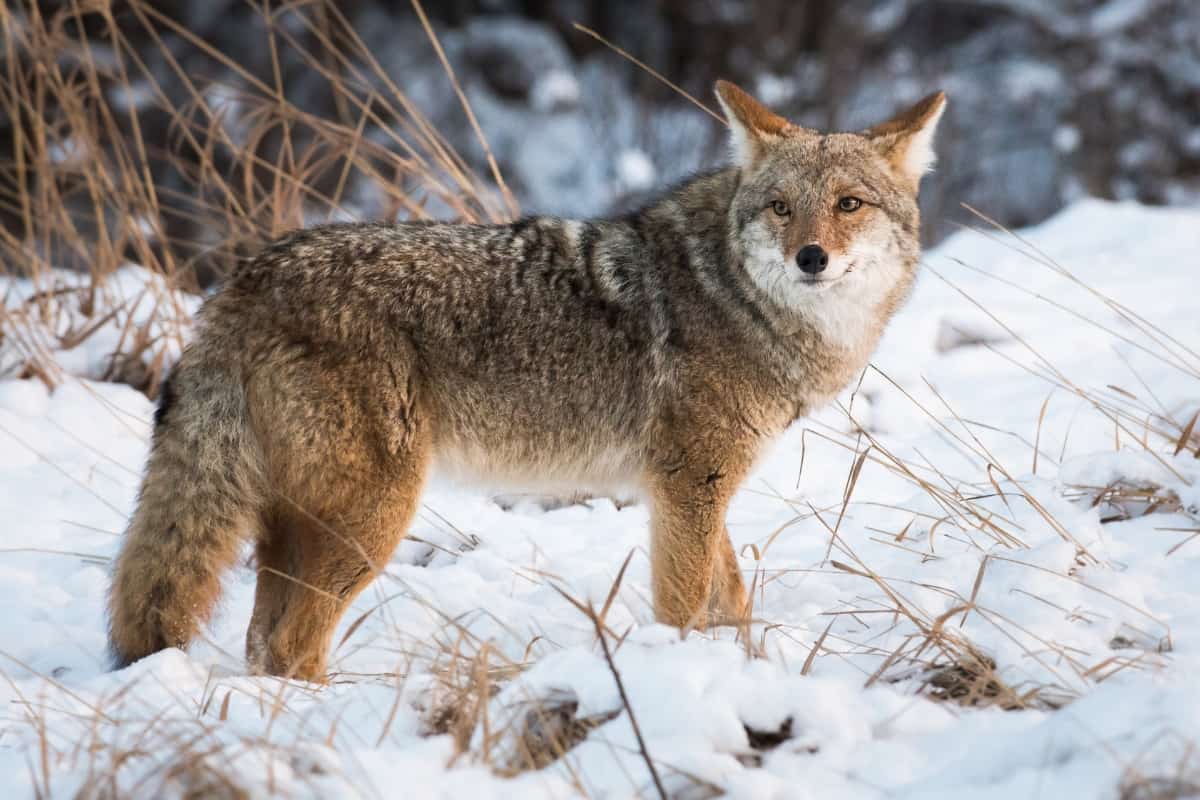
Contents
- Why Study the Presence of Coyotes in Minnesota?
- History & Background of Coyotes in Minnesota
- Coyote Species and Distribution
- Unique Traits and Characteristics of Minnesota Coyotes
- Coyotes’ Role in the Minnesota Ecosystem
- Human-Coyote Interactions in Minnesota
- Common Misconceptions and Myths Regarding Coyotes
- Coyotes and Livestock/Pets in Minnesota
- Regulations Regarding Coyote Hunting and Trapping
- Conclusion
- FAQs
Why Study the Presence of Coyotes in Minnesota?
If you’re a nature lover, a keen explorer, or just a concerned citizen who wishes to live harmoniously with these sly canids, this blog will help reveal Minnesota’s coyotes’ secrets. Minnesota’s coyotes go beyond the shadowy silhouettes that can be seen at night; they constitute a crucial part of Minnesota’s ecosystem.
In this in-depth study, we will look into their natural history, behavior, and adaptation to the constantly changing nature of Minnesota. Learn how these elusive prey have survived but prospered in the wilderness and urban sprawl and how their existence affects the fragile balance governing Minnesota’s wildlife.
We’ll shed light on their place in our environment and provide insights into their fascinating world. So, come along on this adventure into the center of Coyote Nation and acquire the knowledge you require to understand and appreciate the fascinating animals in Minnesota, their home. So, what are we waiting for, let us start our journey of studying coyotes in Minnesota.
History & Background of Coyotes in Minnesota
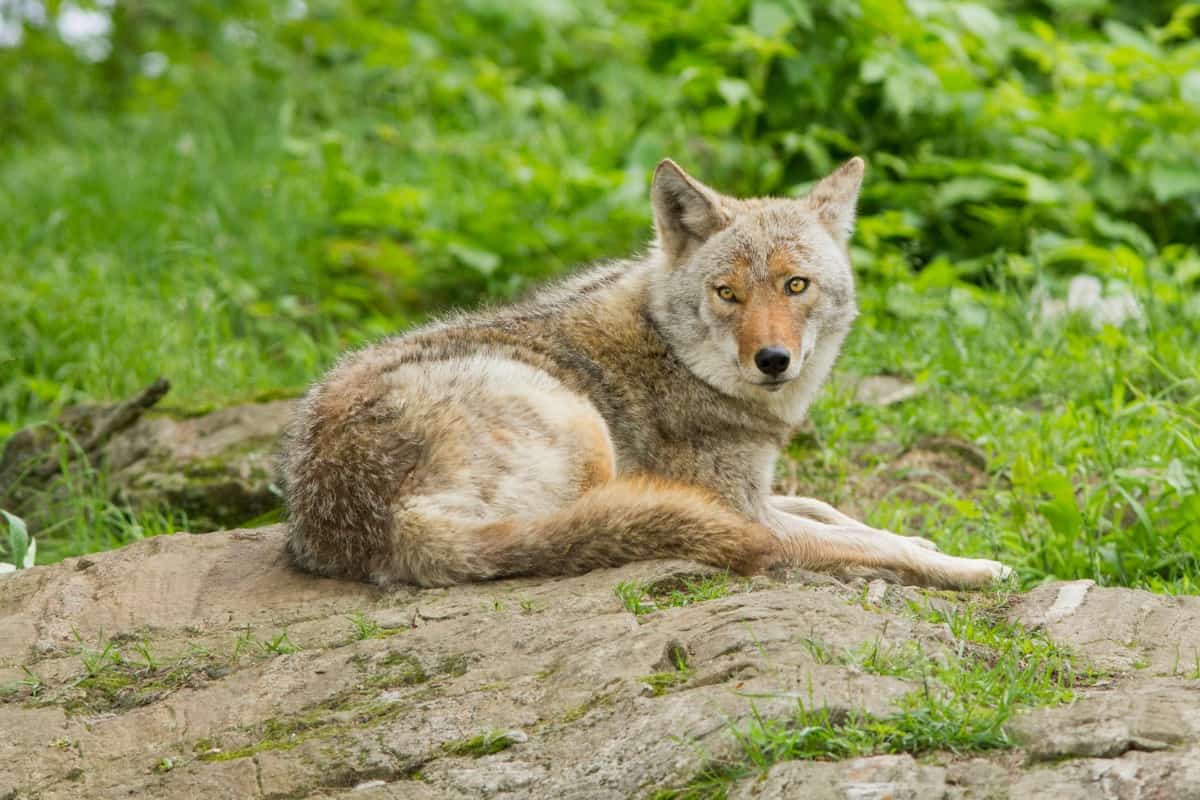
Coyotes originated in the Western United States and migrated to Minnesota at the start of the 20th century. Their presence in Minnesota has increased significantly since they arrived, influencing the ecosystem of the state and generating interest and questions about their place in the state’s natural past.
Also read: Coyotes In Missouri to learn more about coyotes expansion.
Coyote Species and Distribution
Coyotes are part of the Canidae family and are closely connected to domestic dogs. They are highly adaptable animals that can be located throughout North as well as Central America. Their geographical range extends across Alaska to Panama showing their amazing capability to thrive in different habitats. In the same way, they have extended their existence to the State of Minnesota.
The coyotes of Minnesota have experienced extraordinary evolution. Through the years they’ve adjusted to urban and suburban landscapes but have maintained their wild nature. This is a testament to their adaptability and resilience which allows them to live with humans in a variety of settings.
Unique Traits and Characteristics of Minnesota Coyotes
Minnesota’s coyotes exhibit distinct traits. They are omnivores who take advantage of their opportunities to eat small mammals, and plants as well as scavenging human food scraps. Their distinctive vocalizations, which include howls and yips, resonate throughout the forests of the state. Understanding these features is vital for understanding these fascinating animals within their natural environment.
Coyotes’ Role in the Minnesota Ecosystem

Coyotes in Minnesota play a vital role in the Minnesota ecosystem. Their presence can help regulate the number of prey species, stopping overgrazing and ensuring the ecosystem is in equilibrium. By reducing smaller mammals and scavenging carrion, they affect plant growth, seed dispersal as well as the general health of the local ecosystem.
Position in the Food Web and Ecological Significance
Coyotes are a niche species in the world of food. They balance their roles as prey and as scavengers. As predators of the highest level, they aid in managing populations of herbivores and smaller mammals, reducing the impact of herbivores on vegetation. This balance in the ecosystem has an impact on the ecosystem, helping to maintain general health as well as the diversity of the ecosystems of Minnesota.
Coyote predation on smaller mammals, including rodents and rabbits, is vital to controlling the population. Predation helps limit the effect of herbivores on plants and create a safe ecosystem for all species of wildlife to thrive.
Scavenging Behavior and Its Contribution to Nutrient Cycling
Coyotes are known for their scavenging behavior, a critical element in nutrient cycling. Through their consumption of carrion and the return of nutrients back to the ecosystem via their scats, they enrich soils and boost the growth of plants. The process of recycling nutrients makes sure that resources are utilized efficiently and benefit all food chains.
Human-Coyote Interactions in Minnesota
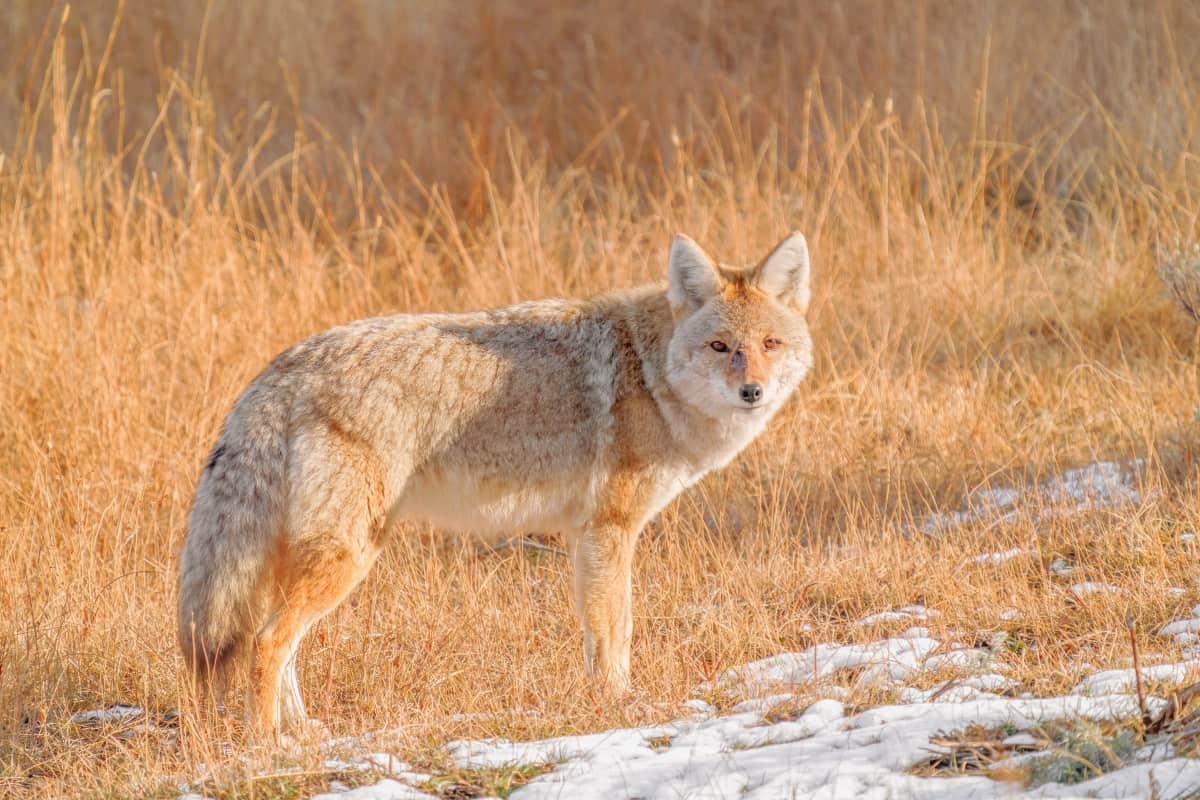
Coyotes and humans in Minnesota are increasing due to the urban sprawl, which is taking over coyote habitats. As these animals adapt to urban settings, interactions are becoming more frequent. Knowing their behavior, educating the public about coexistence strategies, and adopting responsible pet ownership habits are crucial to reducing conflicts and ensuring human and coyote security.
Urban Expansion and Its Effects on Coyote Habitats
The urbanization of Minnesota is changing natural landscapes into housing areas. However, coyotes are highly adaptable and are frequently located in golf courses, parks, and even suburban areas. This can result in conflict and an urgent need to develop comprehensive strategies of management to tackle the issues coexisting.
Coyote Behavior in Urban and Suburban Areas
In suburban and urban settings, Coyotes tend to have nocturnal behavior and a sly manner of life to avoid human interactions. They are primarily hunter-gatherers for food, including trash and pet foods. Understanding their behavior in urban areas is vital to reducing conflicts and fostering harmony.
Common Misconceptions and Myths Regarding Coyotes
A myriad of misconceptions and myths about coyotes, such as exaggerated concerns about attacks against humans and pets. Coyote-related attacks are incredibly uncommon. The dispelling of these myths with education is crucial to encouraging an environment of responsible coexistence and ensuring the correct perception of these omnipresent and misunderstood beasts.
Coyotes and Livestock/Pets in Minnesota
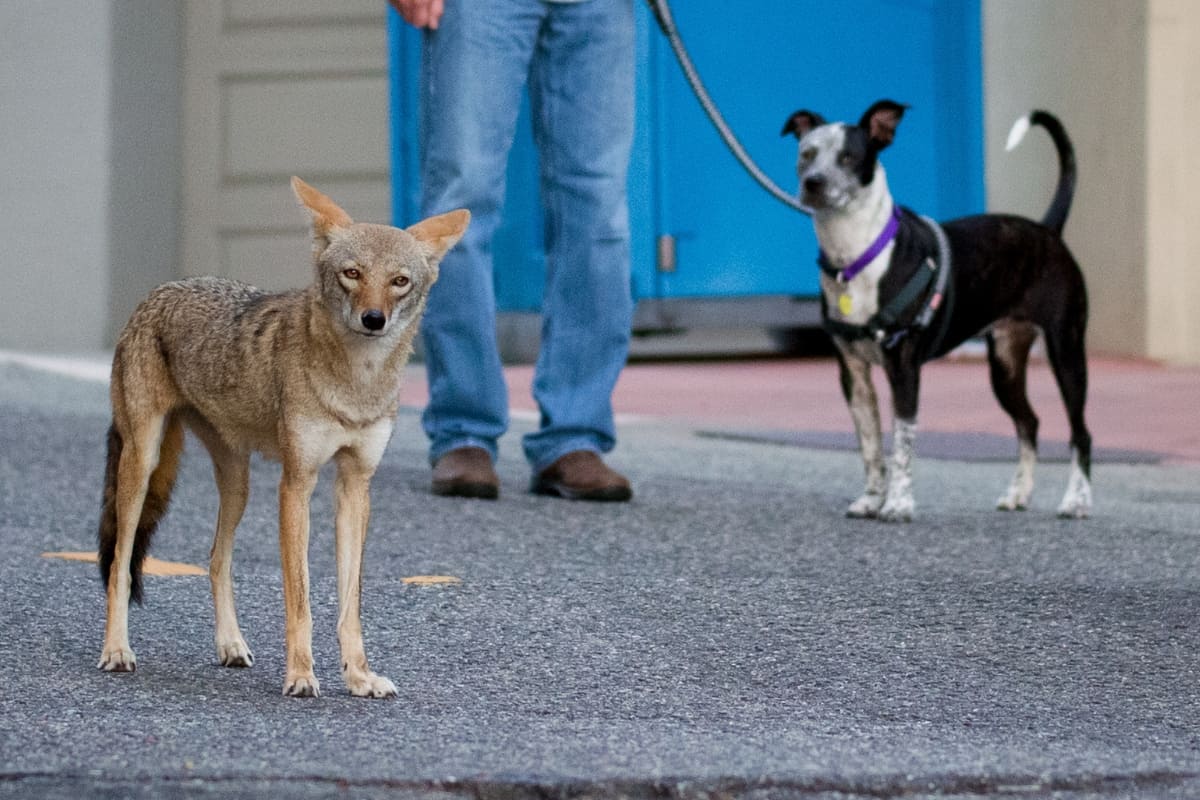
The coexistence of coyotes, livestock, and animals in Minnesota is now a matter of concern for suburban and rural communities. The balance between the protection of domestic animals alongside the protection of coyotes as an integral component of our ecosystems is a continual problem.
Instances of Coyote Predation on Livestock and Pets
The coyotes can be seen preying on livestock, including goats, sheep, chickens, and pets that must be adequately supervised. This can lead to emotional and financial loss for pet owners as well as livestock owners as well. Knowing the causes of these occurrences is vital.
Minimizing Conflicts Between Coyotes and Domestic Animals
Reducing conflicts between coyotes and domestic animals requires using responsible techniques. Enclosures for livestock that are sturdy with guard animals and utilizing deterrents, such as moving lights and sound devices, can reduce the risk of predation. Responsible pet care, such as keeping pets in a safe place or under the supervision of a pet owner, also plays a vital role in reducing conflict. The need to balance the needs of domestic animals and coyotes is vital to ensure peaceful coexistence.
Regulations Regarding Coyote Hunting and Trapping
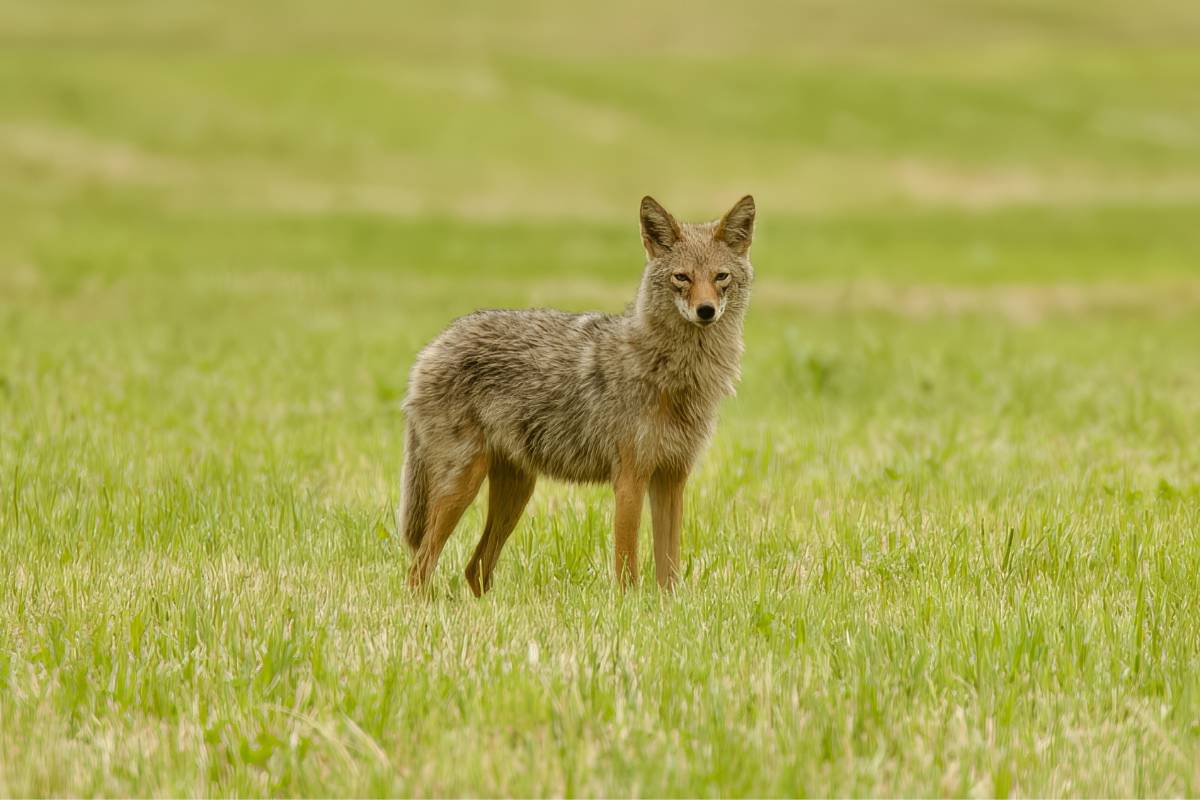
Regulations regarding hunting, trapping, or killing of coyotes in Minnesota are designed to strike a balance between wildlife management and ensuring the responsible, ethical, and sustainable harvest of these canids. Coyotes are classified as a furbearer species, and their hunting and trapping seasons are well-defined by the Minnesota Department of Natural Resources (DNR).
Typically, hunting seasons for coyotes run concurrently with the minor game hunting season, starting in the fall and ending in the early winter. Trapping seasons follow similar schedules. The DNR established bag limits, weapon restrictions, and reporting requirements to monitor coyote populations. Hunters and trappers need to familiarize themselves with these regulations to ensure compliance.
Ethical considerations are paramount in coyote hunting and trapping. Responsible practices and humane methods are encouraged. Like many states, Minnesota prohibits using specific trapping devices deemed inhumane, such as steel-jawed leg-hold traps. Additionally, safety and firearm regulations must be adhered to while hunting.
Understanding these regulations ensures the sustainable management of coyote populations and promotes ethical and responsible engagement with these animals, fostering a balance between conservation and human safety.
Conclusion
In conclusion, delving into the world of coyotes in Minnesota reveals a complex interplay between these adaptable canids and our ever-evolving environment. Minnesota’s coyotes play pivotal roles in ecosystem balance, controlling prey populations, and contributing to nutrient cycling. The challenge of balancing coyotes’ survival with the protection of livestock and pets requires responsible practices and guardian strategies.
Ultimately, Minnesota’s coyotes remind us of the delicate equilibrium between the wild and our rapidly changing world, urging us to coexist thoughtfully and responsibly.
FAQs

Ray is an experienced wildlife researcher with a background in veterinary medicine. His contributions have significantly advanced our understanding of various wild animals.

